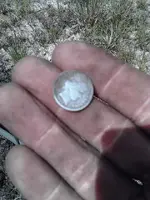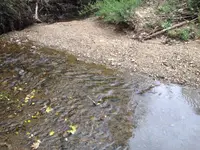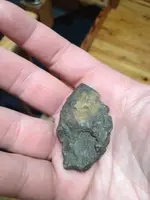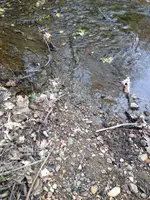You know.. it's all true. What these guys are saying. At the same time, I have to say, I found my first point because of the edge. Really. I knew-- I just knew that a rock that looked like the edge of a serrated knife was not natural. And my first point was very, very small, white/milky quartz, and along a sandy 'bad tide' beach. I break my back every time I go out-bending over to look hard, but that first point was the kicker... and I had to ask a friend who knew about such things- whether it really was a point. I didn't know about T-Net and had no other resource- and was unaware of the multitude of on-line information at the time. I often feel as though the best lesson in looking for artifacts would be to scatter real points and material on a beach or bar (sand!), let the water lap over the stuff for a bit- and show them what it looks like to see the edge, to see the difference in material from the masses and masses of non-artifact debris. From that point on (no pun intended)- from the moment I saw what a worked artifact looked like amid the scatterings of natural and normal beach/bar stuff, I had it. I had the information- my eye caught that thing- that what-ever-you-want-to-call-it that says 'ARTIFACT'. Granted, there are many times I look-- and look again and wonder. I bend down and touch a lot of leaves-- even feathers. At this point in the game, I think to myself that there must be a reason why the original tool/point maker made the shape he/she did... a feather flies, a leave flies-- they are similar in shape and form in many ways. And when you're looking along a stretch of beach, you see that shape and poke it... you never know. I should use a 'poking stick' more often, I'm sure. My back pays the price. But I really insist- at least in my person experience, that 'steak knife' edge is the kicker.
And- believe it or not, cracking a rock open-- or finding a rock cracked open naturally- revealing the inside- and not just the outside 'crust' will tell you a thing or two about rocks... how they age. I see many 'light' colored rocks among the river cobble. I also see many cracked open- by nature and by man, showing an entirely different 'inside', darker, finer.. A whack or two will tell a person whether a rock is a) a type of rock worthy of attempting knapping, and b) whether it's got critical issues- like veins of some other, hard to knap mineral or... an inclusion of some sort, etc. See, the game really changes when you're on a river. Rocks are tossed around and whacked all the time, and it's hard to see what you need to see to figure whether it's man-made or natural. But there are clues. You've been given some great advice by everyone here. I know that non-tidal rivers and creeks are way, way different than tidal, so although I can offer some advice, I'm not altogether 'up' on one-way flows. It sounds to me like you have a heck of a spot of hunting, and I'd be out there all the time. Don't give up. Never give up. And try to keep the idea of a steak knife edge in mind. It helped me-- and it may help you too. Best of luck, my friend! Yakker
 ). Thanks for looking.
). Thanks for looking. 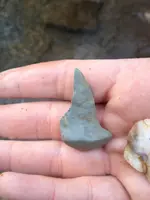
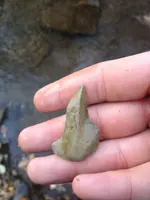
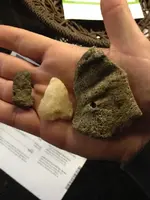
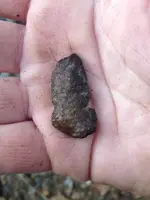
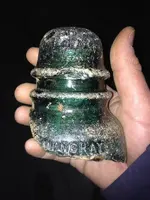

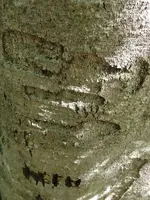
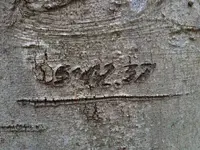
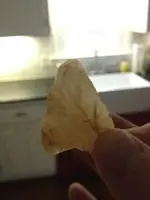
 ). Thanks for looking.
). Thanks for looking. 









